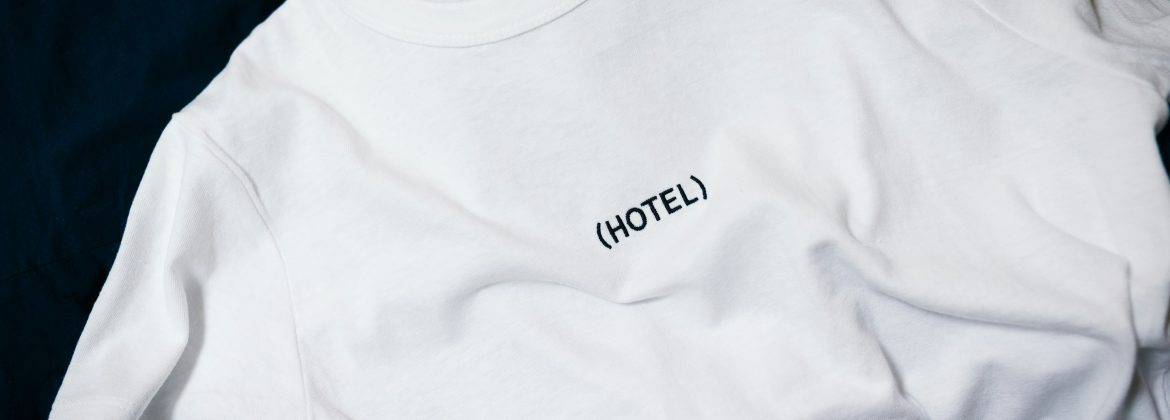The Evolution of Fashion and Apparel: From Ancient Times to Modern Trends
Fashion and apparel have always been an integral part of human history. From the earliest civilizations to the modern era, people have used clothing to express themselves and their culture. The evolution of fashion and apparel is a fascinating journey that reflects the changes in society, technology, and aesthetics.
In ancient times, clothing was primarily worn for protection and modesty. People used natural materials like animal skins, fur, and plant fibers to create simple garments. The styles and designs were limited by the available resources and techniques, but clothing still played a significant role in defining social status and identity.
As civilizations developed and trade routes expanded, the exchange of ideas and materials led to the rise of fashion as we know it today. In ancient Egypt, for example, linen garments were considered a symbol of wealth and status, while in ancient Greece, draping and pleating techniques created elegant and timeless silhouettes.
The Middle Ages saw the emergence of elaborate garments made from luxurious fabrics like silk, velvet, and brocade. Fashion became a way for the nobility to display their wealth and power, with elaborate embroidery, beading, and embellishments becoming the norm.
The Renaissance period brought a new focus on individuality and self-expression. Artists and thinkers like Leonardo da Vinci and Michelangelo influenced fashion with their innovative designs and use of color and pattern. The invention of the printing press allowed for the mass production of textiles, making fashion more accessible to a wider audience.
The Industrial Revolution marked a turning point in the history of fashion and apparel. The mechanization of textile production and the development of new materials like cotton and synthetic fibers revolutionized the way clothing was made and worn. Ready-to-wear clothing became more affordable and widespread, leading to the democratization of fashion.
In the 20th century, fashion and apparel continued to evolve at a rapid pace. The emergence of haute couture in Paris and the rise of fashion houses like Chanel, Dior, and Gucci set new standards for luxury and glamour. The introduction of new technologies like the sewing machine and synthetic dyes allowed designers to experiment with new shapes, textures, and colors.
Today, fashion and apparel are more diverse and inclusive than ever before. With the rise of fast fashion brands and online shopping, consumers have access to a wide range of styles and price points. Sustainable and ethical fashion practices are becoming increasingly important, with many designers and brands prioritizing environmental and social responsibility.
From ancient civilizations to modern trends, fashion and apparel have always been a reflection of our culture, values, and aspirations. Whether it's a timeless classic or a cutting-edge innovation, clothing will continue to be a powerful form of self-expression and creativity for generations to come.

